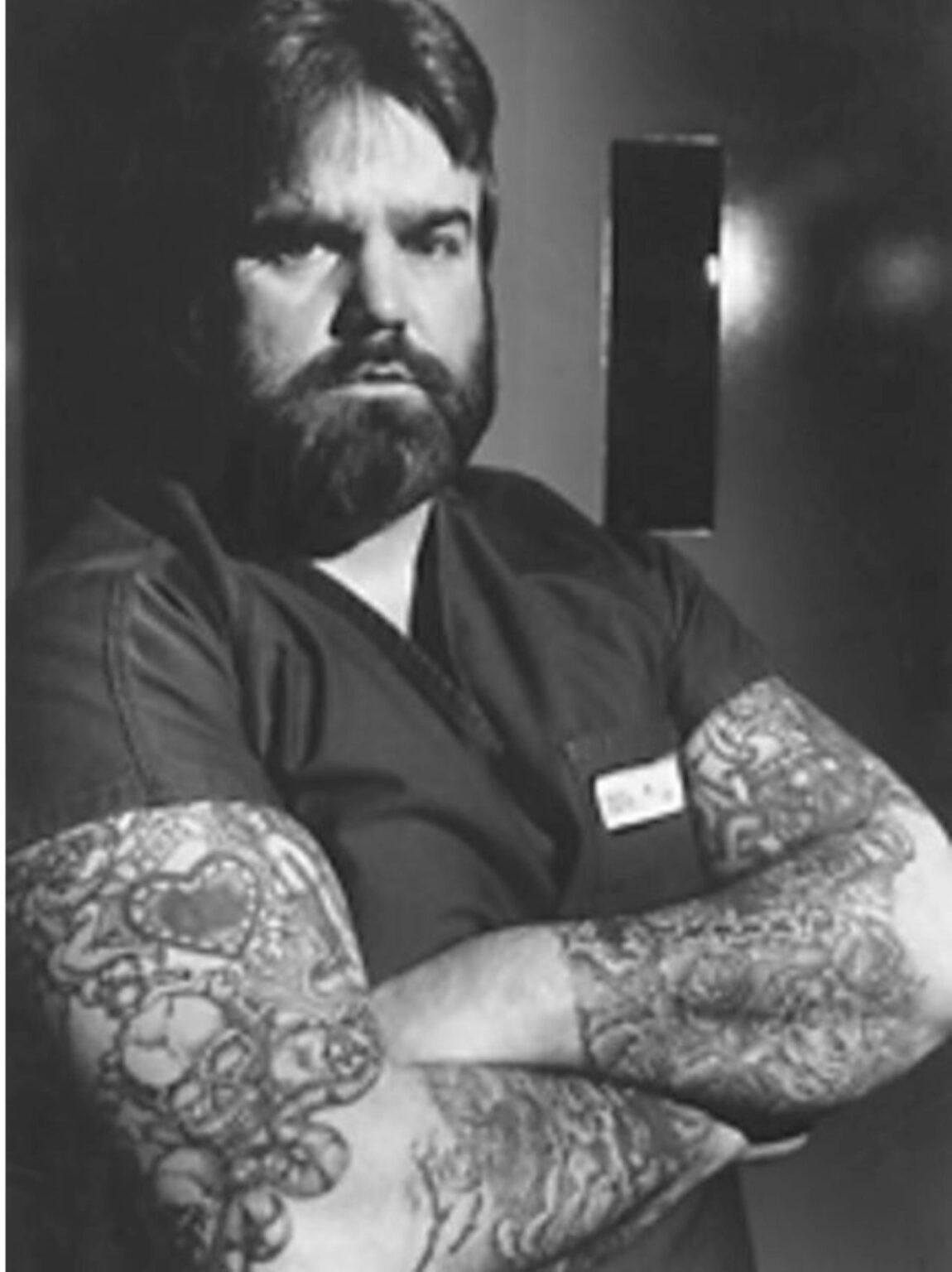
A history of violence: Serial killer Marvin Gray showed no remorse
Some serial killers are more notorious than others, but that doesn’t make them any less monstrous. Even more chilling, we may never know the true victim count for these killers, such as Marvin Gray. Since childhood, Gray was in and out of custody for a variety of offenses. As he got older though, the powerlifter turned his focus on killing and, if you believe him, he got very good at it.
Gray’s crimes, however, did not stop just because he was behind bars. No, he would turn his attention onto his fellow inmates as well with horrific consequences.
History
Marvin Gray would be sentenced to serve time when he was 12 years old when he was sent to a juvenile facility following a conviction of infiltrating into foreign property and theft. Gray said that there was an informal hierarchy at the institution, which had the youngest and physically weakest subjected to sexual violence and humiliation.
Being 12, these things imprinted on Gray, teaching him rage, hatred toward authority, cruelty toward others, and callousness. When he was released in 1968, Gray was quickly expelled from school after he brought a weapon to campus and threatened officials.
This would mark the start of his long criminal career. Gray was back in prison in 1971, serving a five-year sentence after stealing a weapon from a neighbor’s car and using it to commit thefts and attacks. During this stint in prison, Gray took up powerlifting, became a white supremacist, and developed a tattoo addiction. After his release in 1975, Gray moved to Denver, Colorado from Kentucky.

The change of scenery, however, did not stop his penchant for criminal activity. In 1975, Gray and his friend William Felder shot a police officer, who was investigating a murder. The officer survived and identified Felder as the shooter, though Gray claimed otherwise. Either way, Felder got 20 years for the crime while Gray got five.
Despite the fact that ballistics said that the same weapon that shot the officer was used in the earlier murder, Felder and Gray were never charged for that crime. While in prison, Gray attacked another inmate: beating and strangling him. Other inmates pointed Gray as the attacker, but recanted their stories, presumably under threats from Gray.
In 1978, Gray was released from prison and went back to Kentucky where he started a relationship with 17-year-old Sheila Olsbrook. He beat her throughout the relationship and the couple had a child together. Gray was arrested for car theft.

Murder
Gray committed his first murder in 1980, or the first one definitively linked to him. In March 1980, Gray escaped prison with fellow inmates William Purdue (who helped Gray with the car theft) and Jerry Keller. The trio hijacked a van, but began to argue. This led to Gray killing Keller and disposing of his body.
Gray would be recaptured in Denver without Purdue. While he confessed to killing Keller, Gray kept quiet on Purdue’s fate. Police believe that Gray murdered Purdue and disposed of his body.
In 1984, Gray was arrested and convicted of the murder of Joleen Sue Gardner. Gardner refused to have sex with Gray. He stabbed her 14 times in response. For the murder, Gray was sentenced to 16 in prison. In 1986, Gray was accused of raping another inmate, but nothing came of the charge except a transfer to a stricter prison. He was released in 1991.

Gray hated the restrictions placed on him by the Colorado parole and tried to return to Kentucky. His family, however, were terrified of him (and paid $200 USD by police) so Gray had to go back to Colorado where he did odd jobs. In 1992, Gray was picked up for burglary. Given the severity of his past crimes, violation of parole, and past conduct, Gray was given life imprisonment.
Gray just targeted his fellow inmates instead, he killed Daniel Green in 1992. While Gray tried to blame Green’s two black cellmates, other inmates pointed the finger at Gray. Gray was charged with first-degree murder, but was never convicted. Instead, he was sent to another prison in 1993.
After this transfer in 1993, Gray assaulted and raped two inmates in the span of a week. He was then transferred to the high-security Colorado State Penitentiary, where special measures were placed on him.

Confessions
In 2000, Gray made confessions for crimes he was never even suspected of committing. By March 2001, Gray confessed to 31 murders. Some Gray was suspected in such as the 1971 killing and William Purdue, but most he never came up as a suspect. Out of all his confessions, Gray was only convicted of two murders the 1971 killing of Joseph Didier and the 1992 murder of Joseph Solise.
For law enforcement, however, they weren’t entirely certain where Gray was lying and where he was telling the truth. It was very difficult to differentiate as Gray had developed mental disorders after being socially deprived for eight years due to the special measures the prison placed on him. Either way, the true scale of his crimes remains unknown.
Gray died of heart failure on July 19, 2013.
—
If you’re fascinated by the world of true crime, sign up for our newsletter. We’ll send you all the relevant quizzes, articles, polls, and news you could want to your inbox.



